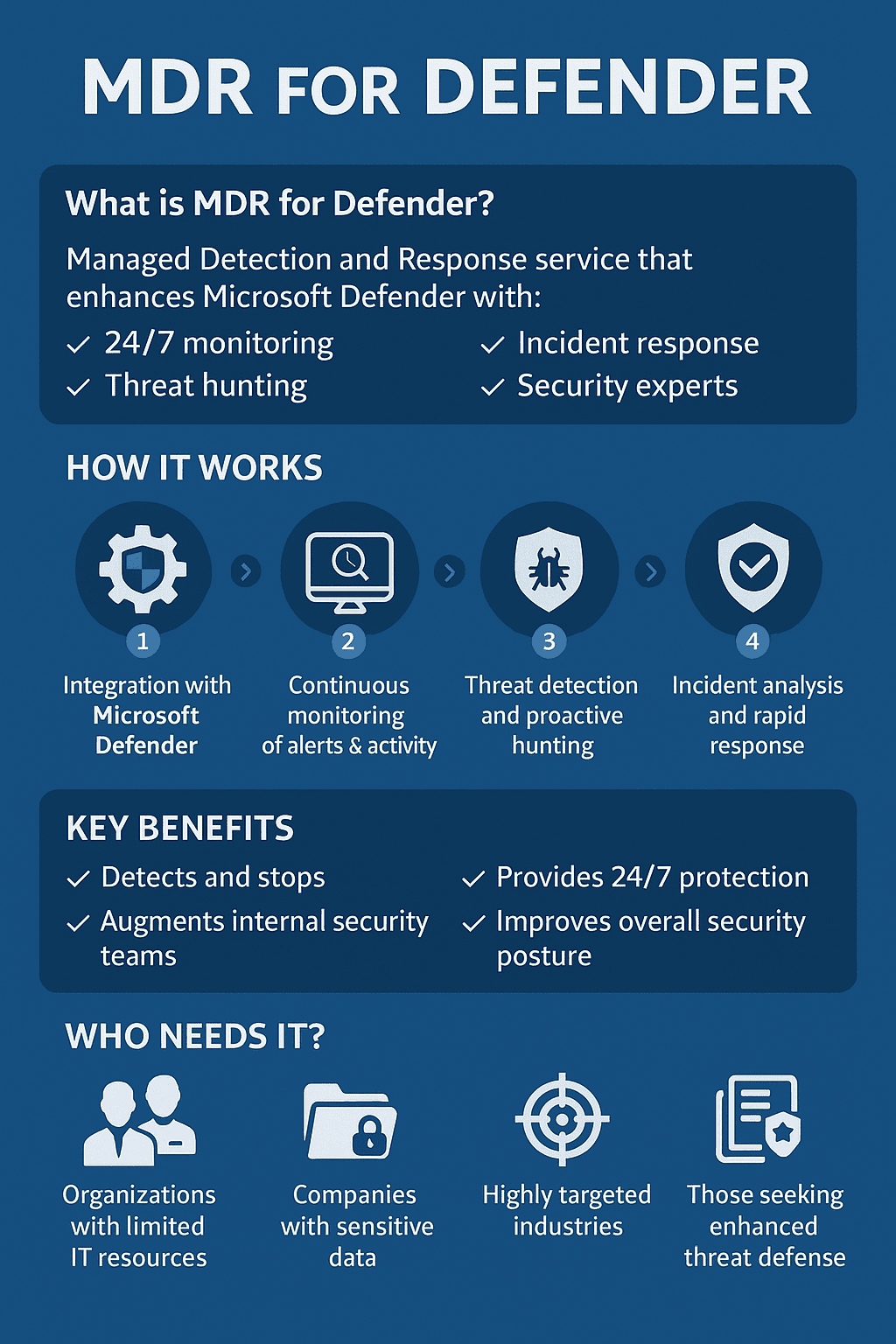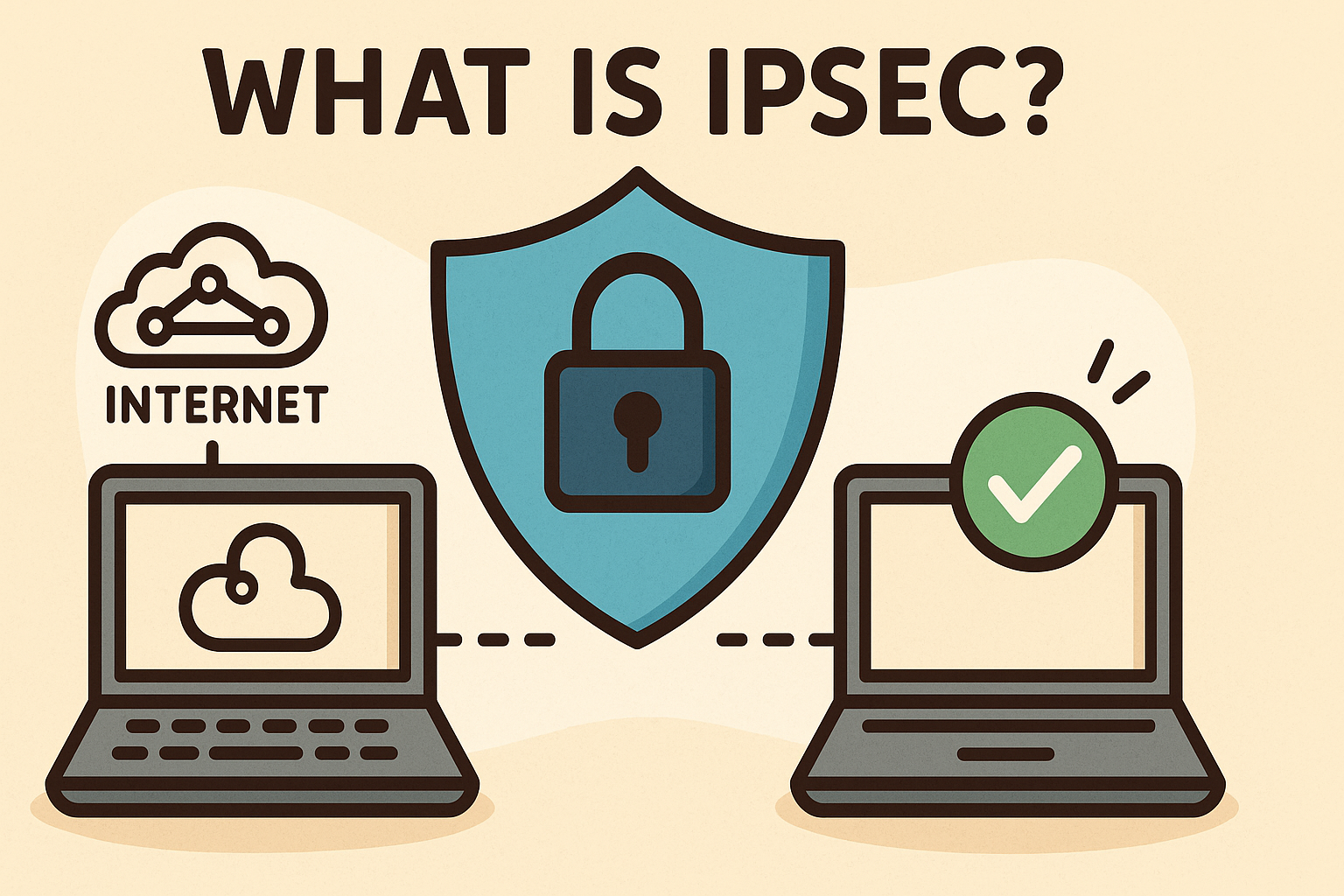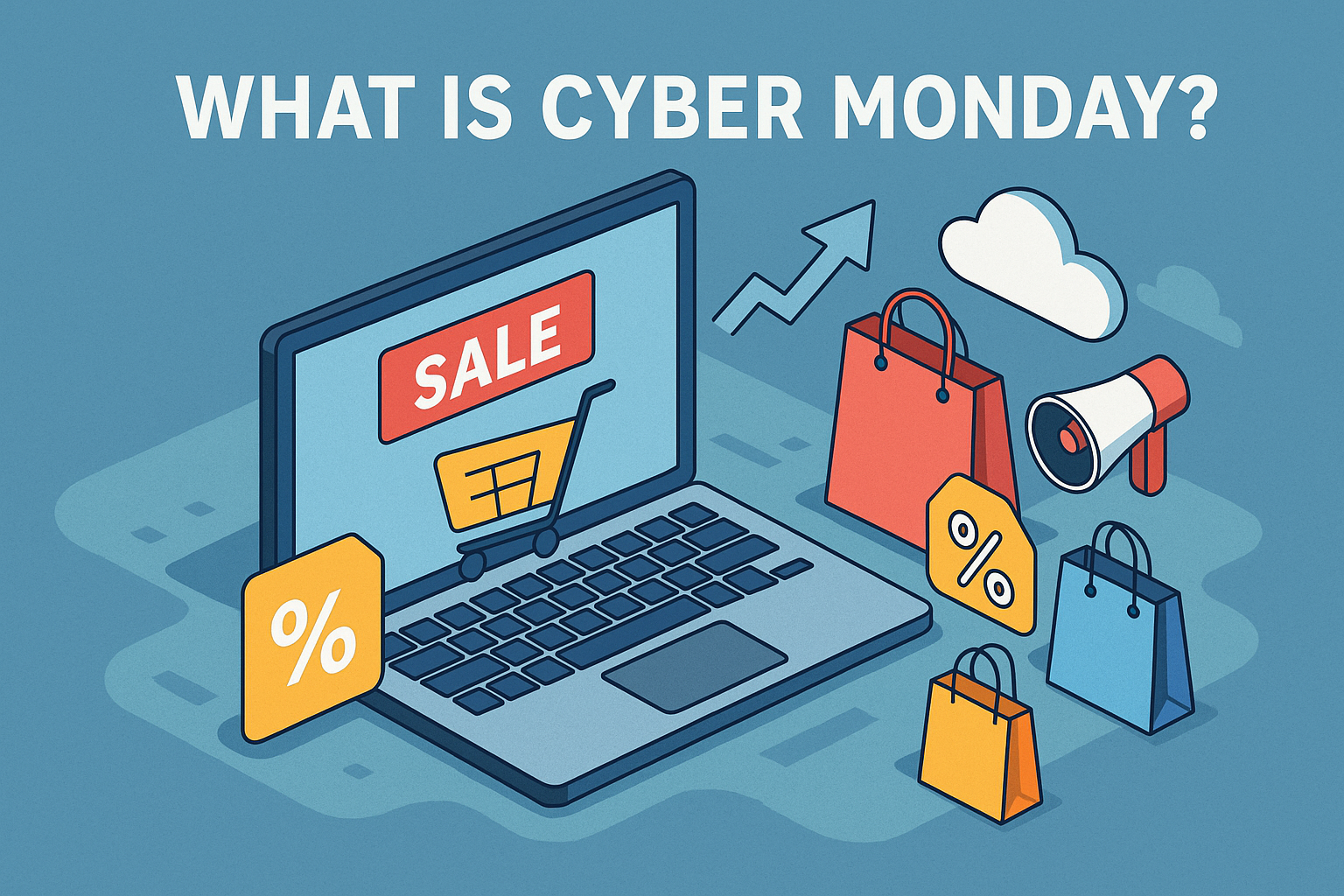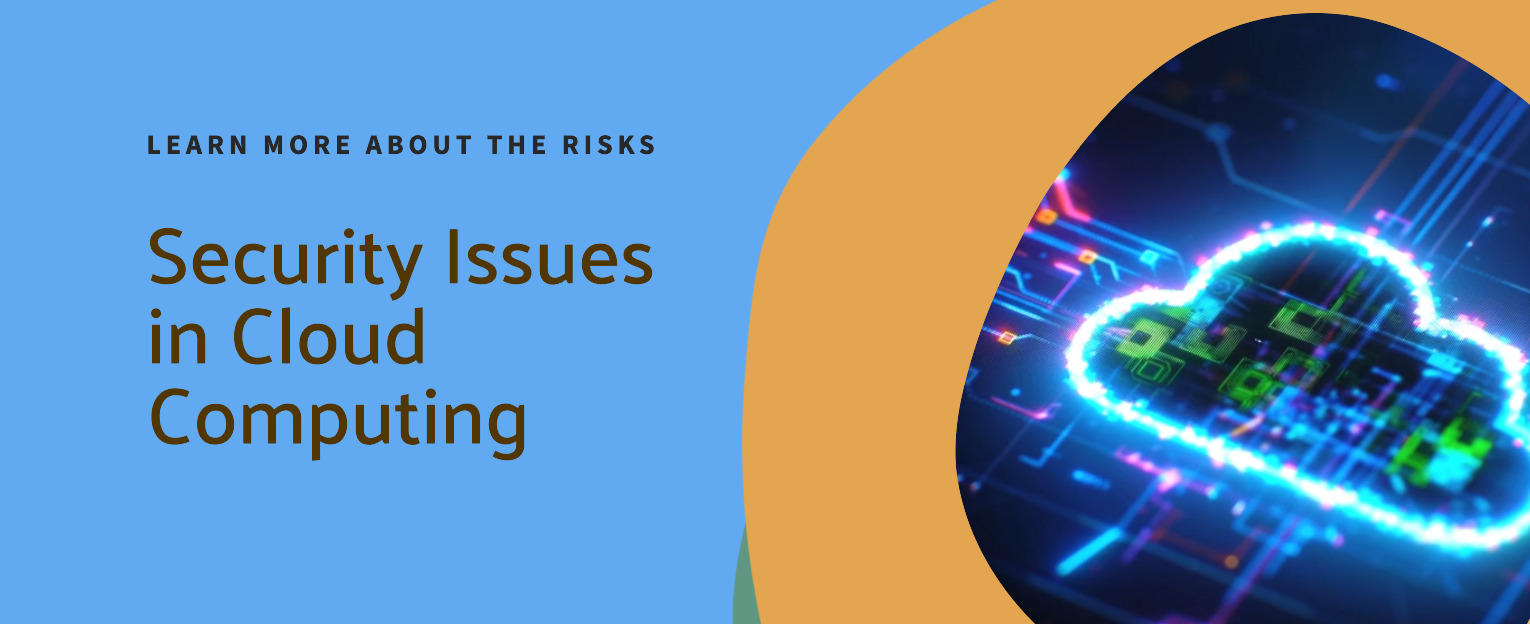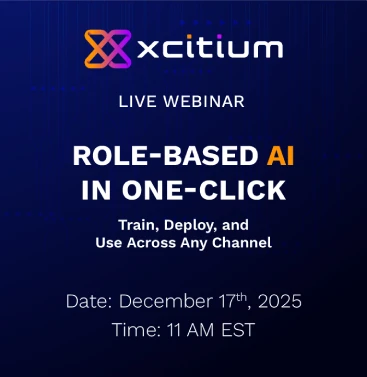What Is Predictive Analytics? Unveiling the Power of Data-Driven Forecasting
Updated on August 1, 2025, by Xcitium
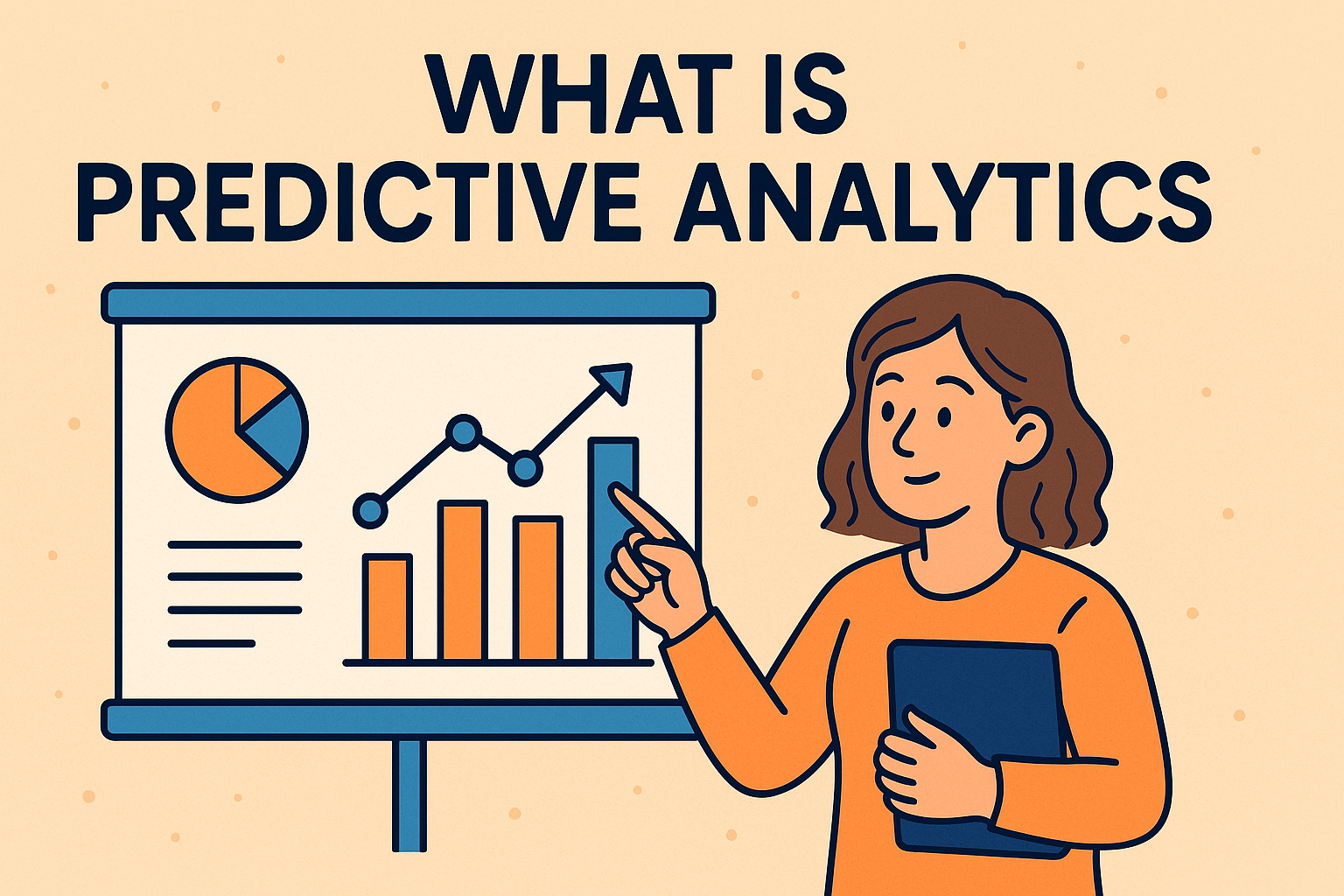
Imagine being able to predict customer churn, identify fraud before it happens, or optimize your supply chain—all without a crystal ball. This is the power of predictive analytics, a vital tool that businesses, especially in cybersecurity and IT, are rapidly embracing.
In this guide, we’ll break down what is predictive analytics, how it works, and why it’s transforming industries. Whether you’re a tech-savvy CEO or an IT manager securing a digital perimeter, this article will show how this innovative technology empowers you to stay ahead.
What Is Predictive Analytics?
Predictive analytics is a branch of advanced analytics that uses historical data, machine learning (ML), and statistical algorithms to forecast future outcomes.
In essence, it answers the question: “What is likely to happen?”
It differs from traditional reporting and descriptive analytics, which focus on past events. Predictive models, however, analyze trends and patterns to predict future behavior or events.
How Does Predictive Analytics Work?
Predictive analytics works through several key steps:
- Data Collection: Gathering structured and unstructured data from various sources.
- Data Cleaning: Removing errors, duplicates, and irrelevant data points.
- Feature Engineering: Creating relevant variables (features) that improve model accuracy.
- Model Selection: Choosing the best predictive model—linear regression, decision trees, neural networks, etc.
- Model Training & Testing: Using historical data to teach the model and test its predictive power.
- Deployment: Applying the trained model to real-time data for forecasts and decision-making.
Key Applications of Predictive Analytics in Cybersecurity
Predictive analytics has become a cornerstone in the field of cybersecurity. Here’s how:
- Threat Detection: Identify anomalies and potential cyberattacks before they escalate.
- Fraud Prevention: Spot unusual patterns in user behavior that suggest fraudulent activity.
- Incident Response Optimization: Forecasting which systems are most vulnerable helps prioritize remediation efforts.
- Endpoint Monitoring: Predict device compromise risks and reduce the attack surface.
These use cases are especially critical for enterprises managing large volumes of data and diverse IT assets.
Real-World Use Cases: Predictive Analytics in Action
1. Customer Churn Prediction
Businesses can proactively reach out to at-risk customers using churn models, improving retention.
2. Predictive Maintenance in Manufacturing
Machines and equipment are monitored to predict failures and avoid downtime.
3. Financial Risk Modeling
Banks use predictive models to assess credit risk and prevent loan defaults.
4. Healthcare Outcome Forecasting
Hospitals apply analytics to predict readmission rates, treatment outcomes, and patient risks.
Benefits of Predictive Analytics for IT Leaders
- Better Decision-Making: Supports data-driven decisions instead of relying on intuition.
- Improved Operational Efficiency: Streamlines processes through automation and accurate forecasting.
- Reduced Costs: Minimizes waste and prevents costly incidents (e.g., security breaches).
- Competitive Advantage: Staying ahead of industry trends and customer behavior.
Predictive Analytics vs. Prescriptive & Descriptive Analytics
| Type | Purpose | Example |
| Descriptive | What happened? | Sales reports for Q1 |
| Predictive | What will happen? | Forecast next quarter’s revenue |
| Prescriptive | What should we do about it? | Recommending product pricing strategy |
Tools and Technologies Behind Predictive Analytics
To implement predictive analytics effectively, you need powerful tools like:
- Python or R: Popular programming languages for model development.
- SQL: For querying large datasets.
- Cloud Platforms: AWS, Azure, and Google Cloud offer scalable machine learning tools.
- BI Tools: Tableau, Power BI, or Qlik for visualization and dashboarding.
Challenges in Implementing Predictive Analytics
While the benefits are immense, predictive analytics isn’t without its challenges:
- Data Privacy and Compliance: Especially under regulations like GDPR and HIPAA.
- Data Quality Issues: Poor data can ruin model accuracy.
- Model Bias: Algorithms can unintentionally reinforce unfair decisions.
- Resource Intensive: Requires skilled data scientists and computing infrastructure.
Best Practices for Success
- Start Small: Begin with a single use case to demonstrate ROI.
- Focus on Business Objectives: Align analytics efforts with strategic goals.
- Invest in Talent: Hire or train your team in data science and analytics.
- Ensure Governance: Implement strong data quality and ethics policies.
How Predictive Analytics Supports Cyber Resilience
In today’s digital-first economy, the ability to forecast threats before they materialize is a game changer. Predictive analytics gives IT and cybersecurity teams an edge in:
- Anticipating vulnerabilities
- Reducing downtime
- Improving overall risk posture
Ready to boost your cybersecurity intelligence with predictive analytics?
👉 Request a Free Demo with Xcitium and explore how to integrate predictive capabilities into your strategy.
FAQs: What Is Predictive Analytics?
1. What is predictive analytics in simple terms?
Predictive analytics uses data, algorithms, and machine learning to forecast what might happen in the future based on past trends.
2. What industries benefit most from predictive analytics?
Healthcare, finance, retail, manufacturing, and cybersecurity benefit significantly due to their need for accurate forecasting and risk management.
3. Is predictive analytics the same as machine learning?
Machine learning is a core technique used within predictive analytics, but not all predictive models use machine learning.
4. Can small businesses use predictive analytics?
Yes! Thanks to cloud tools and software-as-a-service (SaaS) platforms, even small businesses can use predictive analytics to gain insights and optimize operations.
5. What’s the future of predictive analytics?
It’s expected to be more integrated with AI, automated decision systems, and real-time analytics, playing a key role in cybersecurity and digital transformation.



